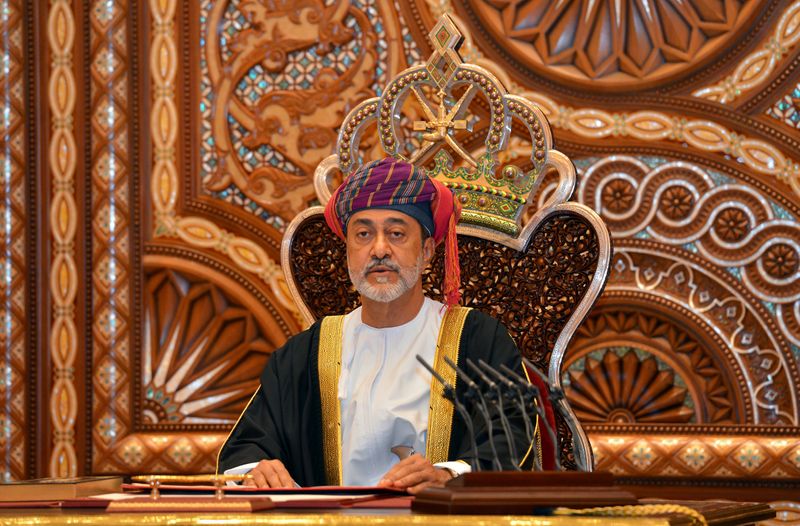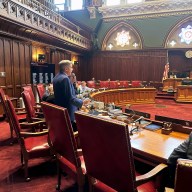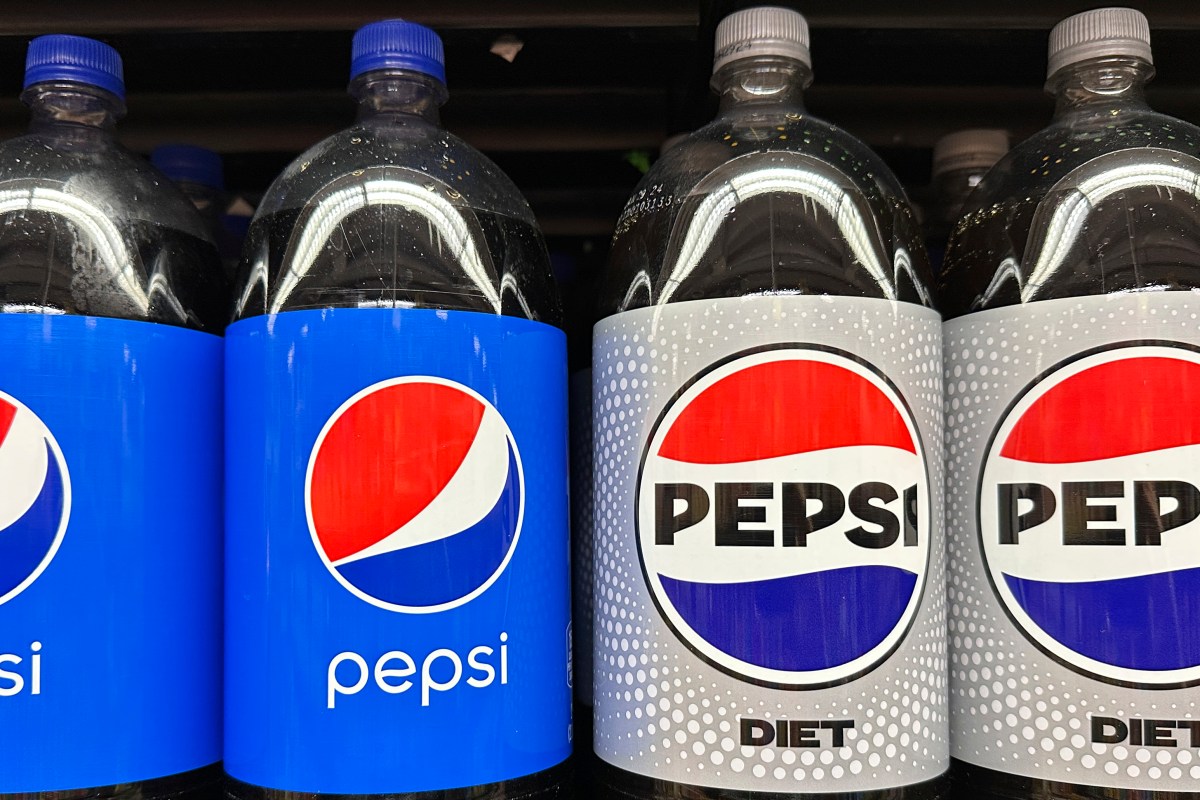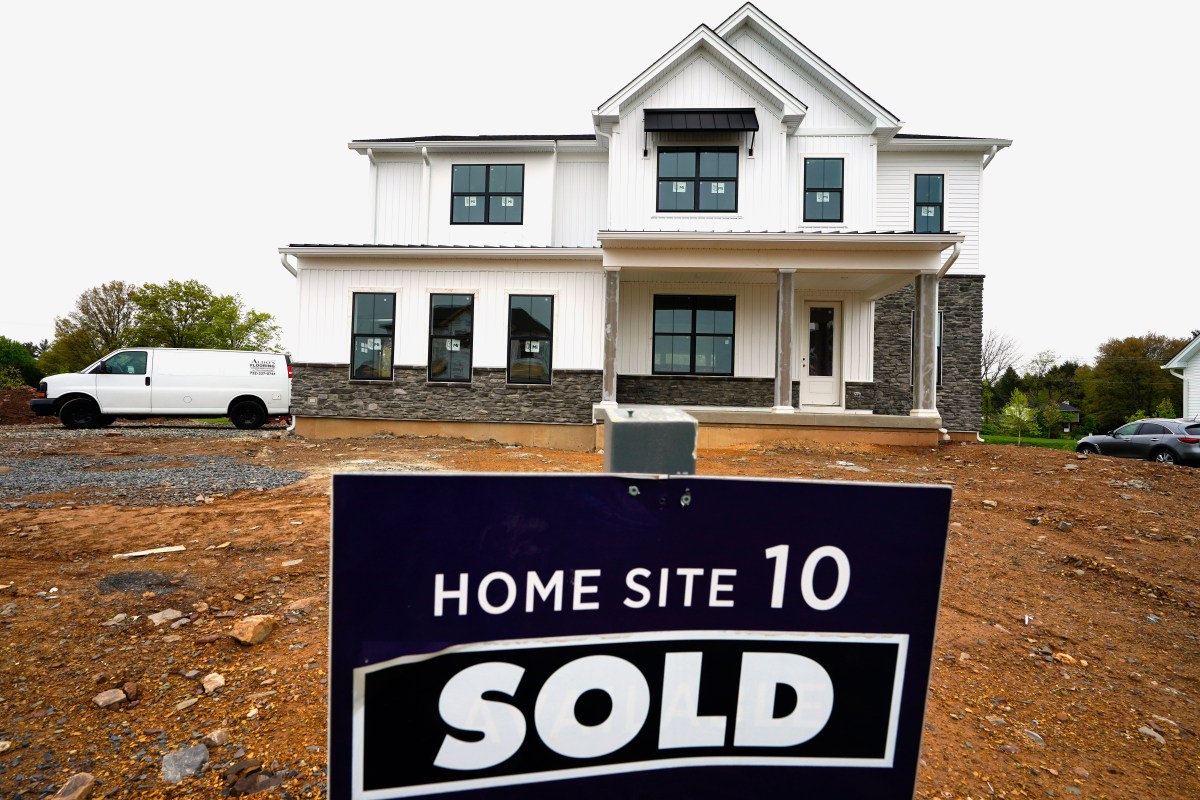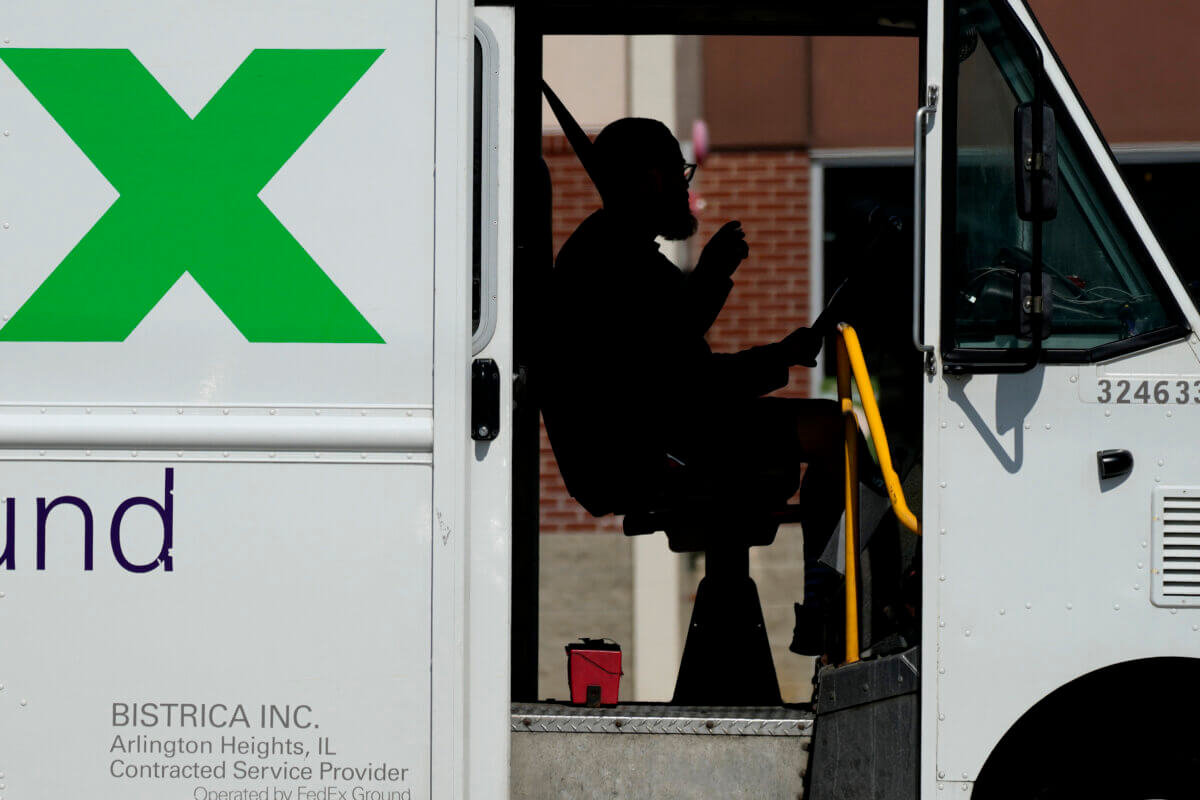DUBAI (Reuters) – Oman’s ruler has moved to overhaul the Gulf Arab state’s creaking finances since taking power this year but the coronavirus crisis is likely to delay deeper reforms needed to shore up the economy at a time of low oil prices.
Oman piled up debt at breakneck speed in the past few years, while plans to diversify the small oil producer’s economy and introduce sensitive tax and subsidies reform dragged under Sultan Qaboos who died in January after half a century in power.
New ruler Sultan Haitham has shaken up the government and state entities, and this week approved introducing value-added-tax in April in a sign to investors – ahead of an international bond sale – that he is open to reforms in a country that saw Arab Spring-like protests in 2011.
“This government has to take the tough decisions,” World Bank Gulf country director Issam Abousleiman said.
“If they don’t do anything over the next 3-4 years, and if the situation stays the same on the revenues and expenditures side, they will be forced to do it all at once, risking social backlash,” he said.
The 2011 protests over unemployment, corruption and political reform subsided after Qaboos sacked the government, created thousands of jobs and gave money to the unemployed.
Haitham cannot afford such largesse, and COVID-19 may limit his scope to diversify the oil-dependent economy and put it on a sustainable financial path, analysts and economists said.
A drop in revenue due to lower oil prices has prompted Oman to reduce spending, with major cuts in the first half of the year including investment expenditure.
The hydrocarbon sector accounted for nearly 80% of total revenue last year. This year’s drop in crude prices may push the fiscal deficit to 19% of gross domestic product (GDP) from 7.8% of GDP last year, ratings agency Moody’s said.
COVID-19 has also impacted tourism, a key sector to Oman’s plans to move away from oil.
RATIONALISING SPENDING
Oman, rated ‘junk’ by all major ratings agencies, has seen its debt burden spike to around 60% of GDP as of the end of 2019 from less than 5% of GDP five years earlier. It has over $10 billion in external debt maturities in 2021 and 2022 that could add pressure to foreign reserves if the debt is not refinanced.
“VAT is positive from a fiscal perspective, and it’s clearly a step in the right direction, but it’s not enough given its large deficit and this year’s drop in revenue,” said Zeina Rizk, executive fixed income director at Arqaam Capital.
In a statement to Reuters, the government said low oil prices presented a challenge but that it was working to rationalise spending and find new revenue sources.
Brent prices <LCOc1> have rebounded since plunging to a more than 20-year low in April, but at just over $40 per barrel, they are significantly below what Oman would need to balance its budget.
Moody’s expects that Brent will average $35 per barrel this year and $45 in 2021. The International Monetary Fund said in April Oman would need oil at $86.80 per barrel to balance its budget this year.
While the government has set a post-COVID target of 10% spending cuts this year, reduced oil and non-oil revenue will “more than offset any savings”, said Rory Fyfe of MENA Advisors.
Facing a 10% economic contraction this year, according to latest figures by the IMF, Oman could be forced to look for external aid if oil prices stay low and key non-oil sectors such as tourism and trade continue to suffer.
“If oil prices trend higher than most forecasters expect, tourism rebounds and Oman implements deeper than expected fiscal consolidation, it might be able to get through the next two years without external aid, but everything would have to go right,” said Fyfe.
Graphic: Oman real GDP from 2012 to 2021 https://graphics.reuters.com/OMAN-ECONOMY/oakvenzkepr/chart.png
CONSOLIDATION
Shortly after taking power, Haitham said the government would work to reduce public debt and restructure public institutions and companies. He assured close allies, including Britain, of his willingness to modernize government, sources familiar with the matter said.
He consolidated several state entities, including the sovereign wealth funds, and appointed finance and foreign affairs ministers and a central bank chairman – portfolios held by the late sultan.
The appointments appeared “geared towards greater delegation of executive responsibilities away from the Sultan”, said Alexander Perjessy, a senior analyst at Moody’s.
“This has a potential to enhance transparency and effectiveness of decision-making, which have slowed Oman’s economic reforms and fiscal adjustment over the past five years,” he said.
Yet, in a country which does not tolerate political parties or other forms of political representation, he remains prime minister, defence minister and armed forces chief.
Some see the appointment of a nephew, brother and son to key posts as maintaining a tight grip on rule and power within the royal family.
“There is no decentralisation. He’s consolidating power among fewer players than before,” a diplomat in the Gulf said.
($1 = 0.3850 Omani rials)
(Reporting by Aziz El Yaakoubi, Davide Barbuscia, Lisa Barrington; editing by Emelia Sithole-Matarise)

